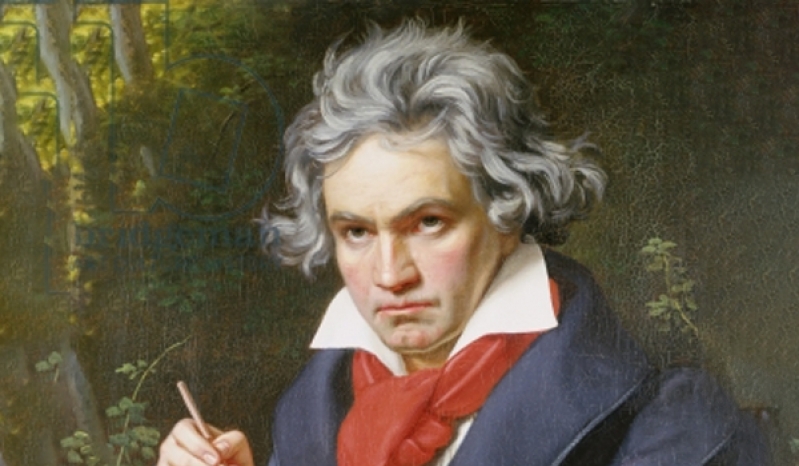Beethoven's Symphony No 5 is one of the most well-known and most frequently played compositions in classical music, performed by orchestras around the globe. It has transcended the boundaries of time and culture, captivating audiences worldwide. The enduring power of its iconic motifs and the raw emotion woven within its harmonies have made the Fifth Symphony immortal.

When Beethoven first put pen to paper in 1804, he had started to lose his hearing, and by the end of writing it, in 1808, he was almost entirely deaf. Described by Beethoven himself as ‘fate knocking at the door’, Symphony No 5 is often referred to as the ‘Fate Symphony’. The dramatic opening immediately grabs the listener, setting the tone for a journey of struggle, tension, and ultimate triumph over the four movements.
First performed in Vienna in 1808, the Fifth Symphony had a surprisingly rocky debut. The auditorium was freezing cold, the orchestra did not play well, having only rehearsed once, and the concert was over four hours long. But it was quickly recognised as a masterpiece and cemented itself in classical music history after author, artist and music critic, E T A Hoffmann, described the symphony as ‘one of the most important works of the time’.
Beyond the concert hall, Beethoven’s Fifth has permeated popular culture. Its memorable motifs and dramatic themes have been featured in countless films, advertisements, and even rock music. Its presence in popular media has introduced it to new audiences and kept it relevant in the modern day. This integration into various forms of entertainment has further solidified its status as a cultural cornerstone.
Since the Second World War, Symphony No 5 has often been referred to as the ‘Victory Symphony’. The phrase ‘V for Victory’ became a campaign slogan after Winston Churchill started using it as a catchphrase in 1940, a symbol of resistance and a drive to victory. Coincidentally, the Morse code of the letter V (short-short-short-long) is like that of the opening to Beethoven’s Fifth Symphony - ‘dit-dit-dit-dah' and before long, those famous four opening notes were everywhere, including daily worldwide BBC radio broadcasts.

Photo: NASA/NOAA/GSFC/Suomi NPP/VIIRS/Norman Kuring
In 1977, NASA sent out their Voyager 1 and 2 space probes containing a ‘Golden Record’, a collection of sounds, music and images to represent planet Earth in the hopes that they would find intelligent life. The ‘Golden Record’ included the first movement of Beethoven's Fifth Symphony. It’s incredible to think that those Voyagers are still in space today and that aliens might be enjoying a bit of Beethoven!
This extraordinary symphony embodies Beethoven’s revolutionary spirit and pushes orchestral music to new expressive heights. From its gripping opening to its jubilant conclusion, Symphony No 5 remains a timeless masterpiece.
Symphony No 5 will be performed at Summertime Soiree in Cardiff, Newtown, Bangor, Brecon and Southampton from the 4 July.




